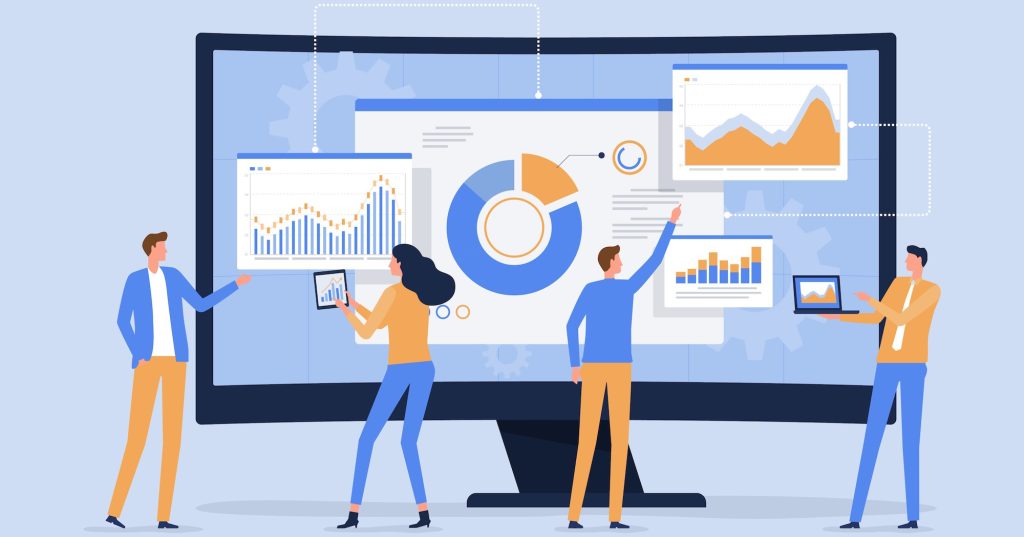In the age of data-driven insights, having access to the right dataset can be incredibly valuable. High-quality datasets are crucial for accurate model performance, reliable insights, and effective decision-making. But once you find the right dataset, it’s crucial to know whether that dataset is subject to copyright restrictions before diving into any analysis.
How do I know if a dataset I want to use is subject to copyright restrictions? If it is, how can I obtain permission to use it?
While raw data itself is not copyrightable, datasets can be protected by copyright, depending on how they are created and structured (that the compilation, arrangement, and organization of the dataset is sufficiently creative). To use a copyrighted dataset, you often need permission or a license from the creator or rightsholder. Using copyrighted datasets without permission can lead to legal consequences, including lawsuits, fines, and the requirement to cease using the data. Additionally, it can cause damage to your organization’s reputation, project delays, and result in the invalidation of any work or models built using unauthorized data.
Here are some practical steps you can take before starting a project to help avoid copyright mishaps when working with datasets.
Check the License or Terms of Use
When accessing a dataset, the first place to look for information is in the license or terms of use, which will usually identify the rightsholder and provide guidelines on what can and cannot be done with the data. If the license isn’t clear, check the dataset’s documentation or metadata, which may also contain relevant copyright information.
Request Permission
If a dataset is copyrighted and does not have a clear license or terms of use, reach out to the dataset creator or rightsholder for permission. Be clear about your intended use — whether it’s for research, a commercial project, or data analysis — to avoid potential disputes later.
Respect Attribution Requirements
Many governments, academic institutions, and organizations offer open datasets that are freely available to use. Open data is data that is openly accessible to anyone, and generally allows users to freely re-use and share the data, subject to certain attribution and/or share alike requirements.
No matter if you are using open or licensed datasets, ensure that you follow any attribution requirements. Many licenses require that you provide proper credit to the dataset’s creator or source. Failing to do so can still result in legal issues, even if the data itself is free to use.
Data is powerful, but it comes with responsibilities, and copyright law in the context of data is complex. Knowing whether a dataset is copyrighted and how to obtain permission is a critical step in ensuring legal and ethical data usage. By carefully checking the license, exploring public domain options, and reaching out to data owners when necessary, you can reduce legal risks and proceed confidently with your project. Make sure you know the rules before you dive in!
Drive Business Forward with the Annual Copyright License
A copyright compliance strategy that informs and meets the needs of employees across the enterprise sets an organization up for higher efficiency, improved collaboration, and a minimized risk of copyright infringement, ultimately helping to fuel innovation and new discoveries.
Click here to contact us about content management and licensing solutions for your organization.
Keep learning:
- Beyond Standard Search: Getting the Targeted Data Your Organization Needs
- What Is (and Isn’t) Protected by Copyright
- 5 Tips to Establish Collaborative Relationships Between Info Pros & Data Scientists
- Can I Use Publicly Available Data for Research or Projects Without the Risk of Copyright Infringement?

